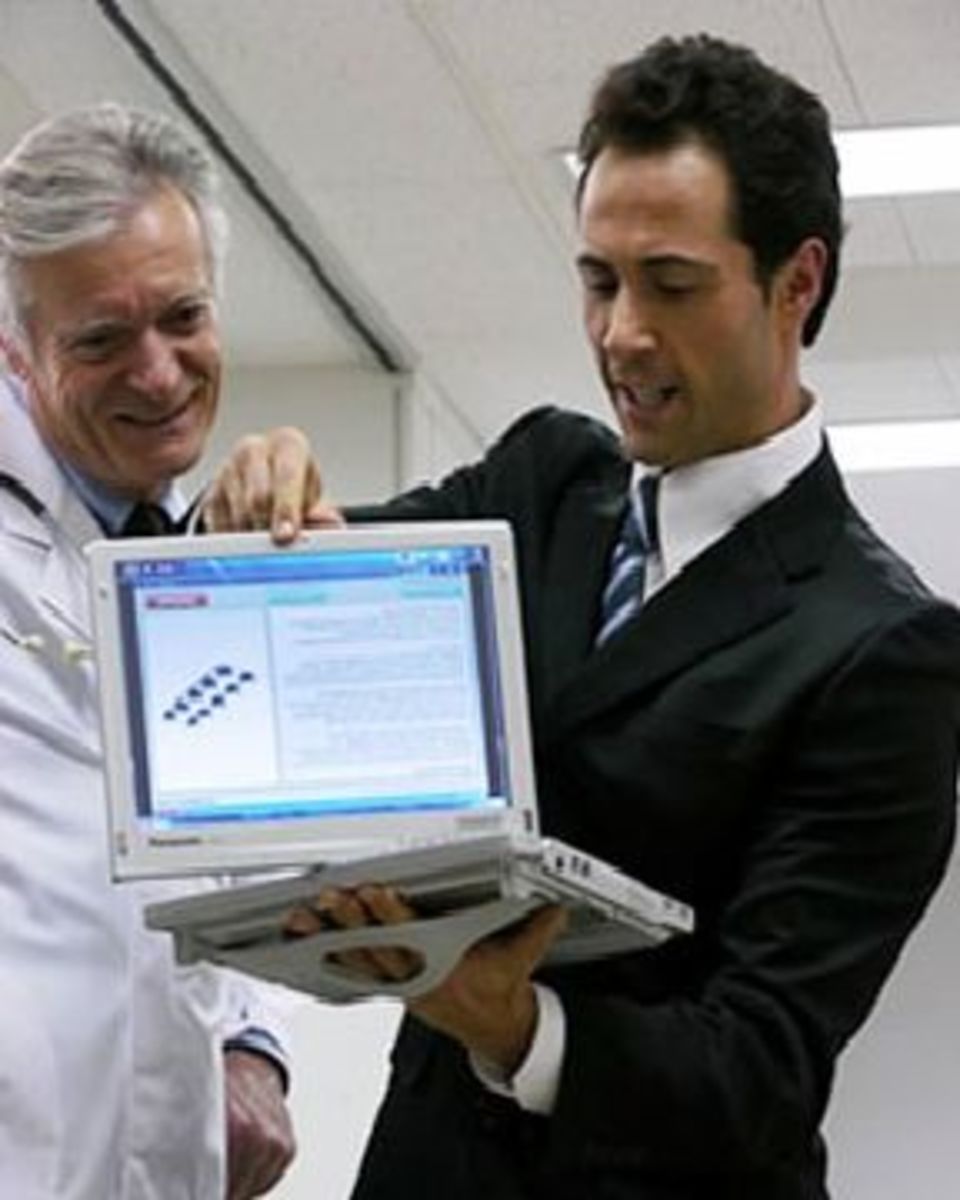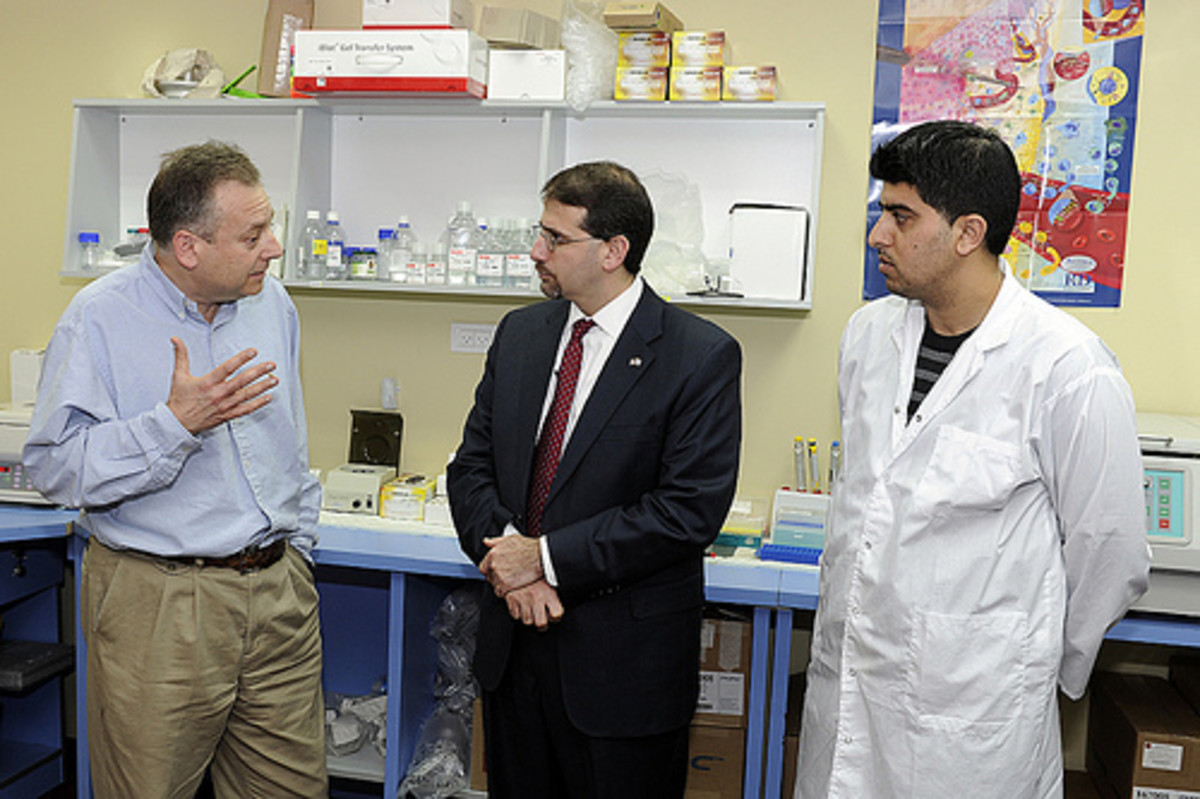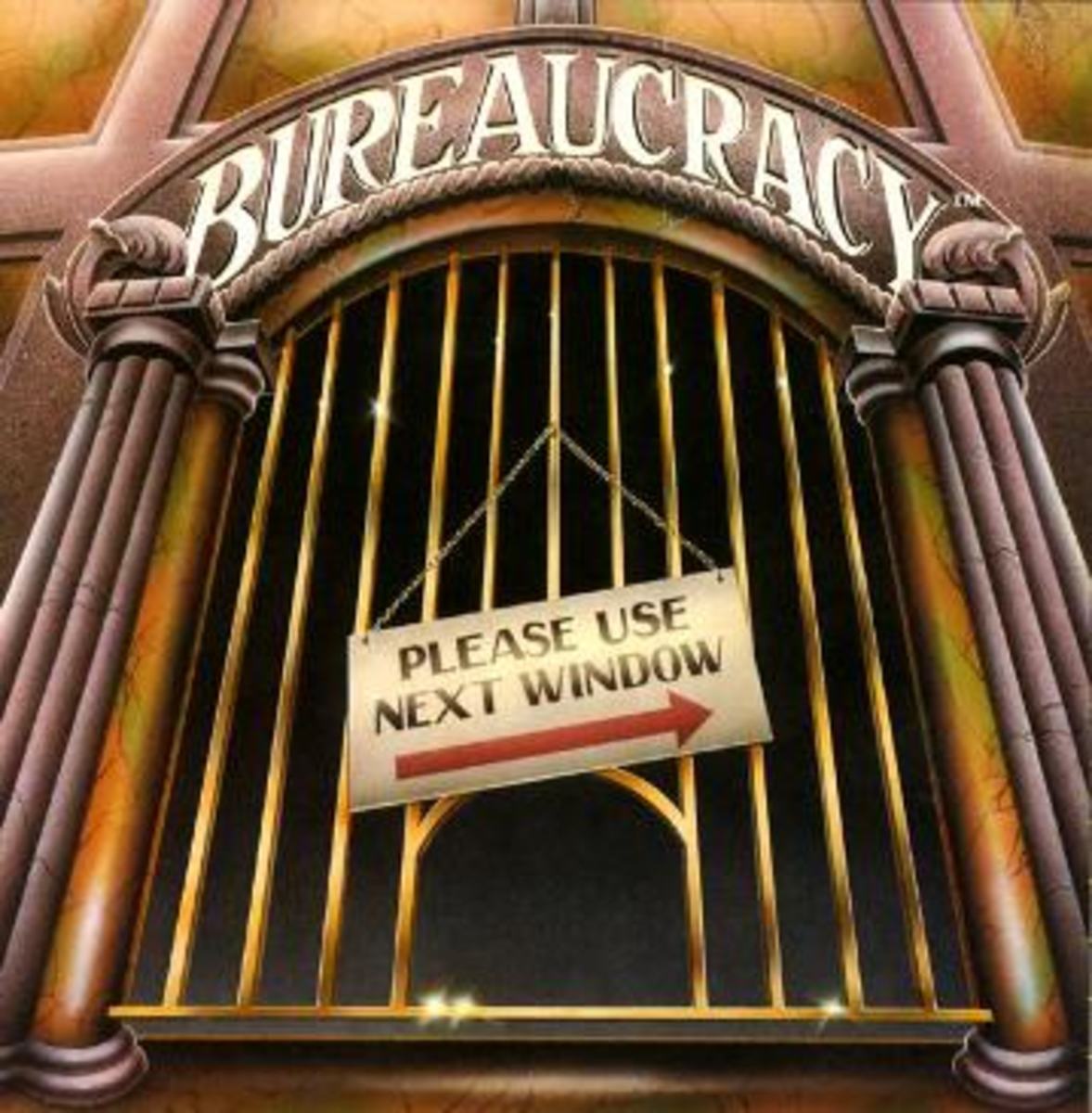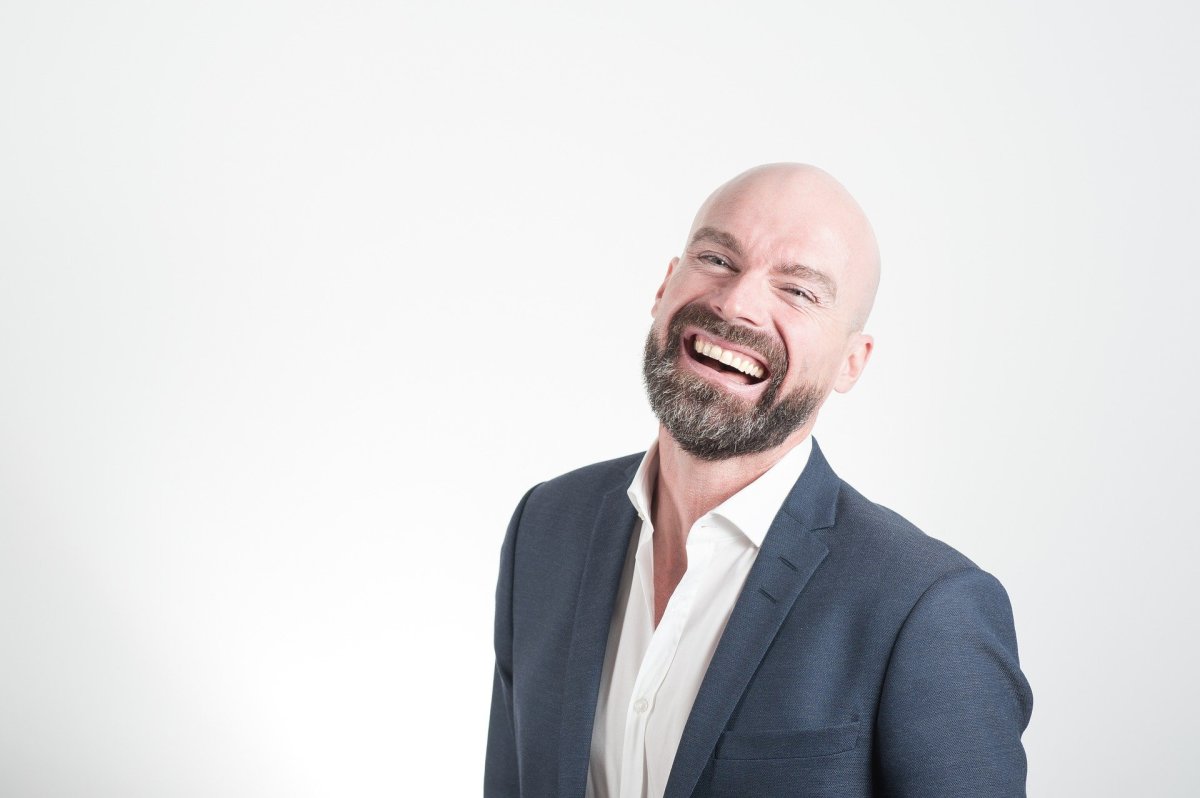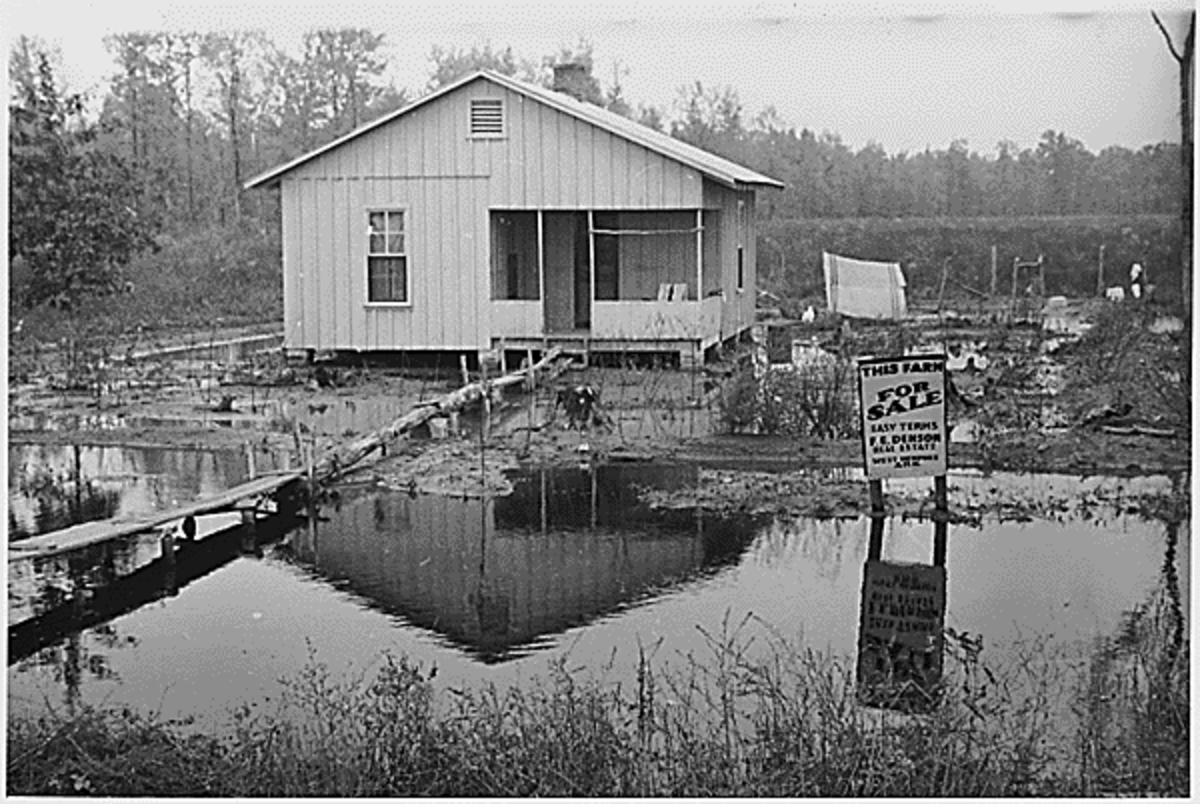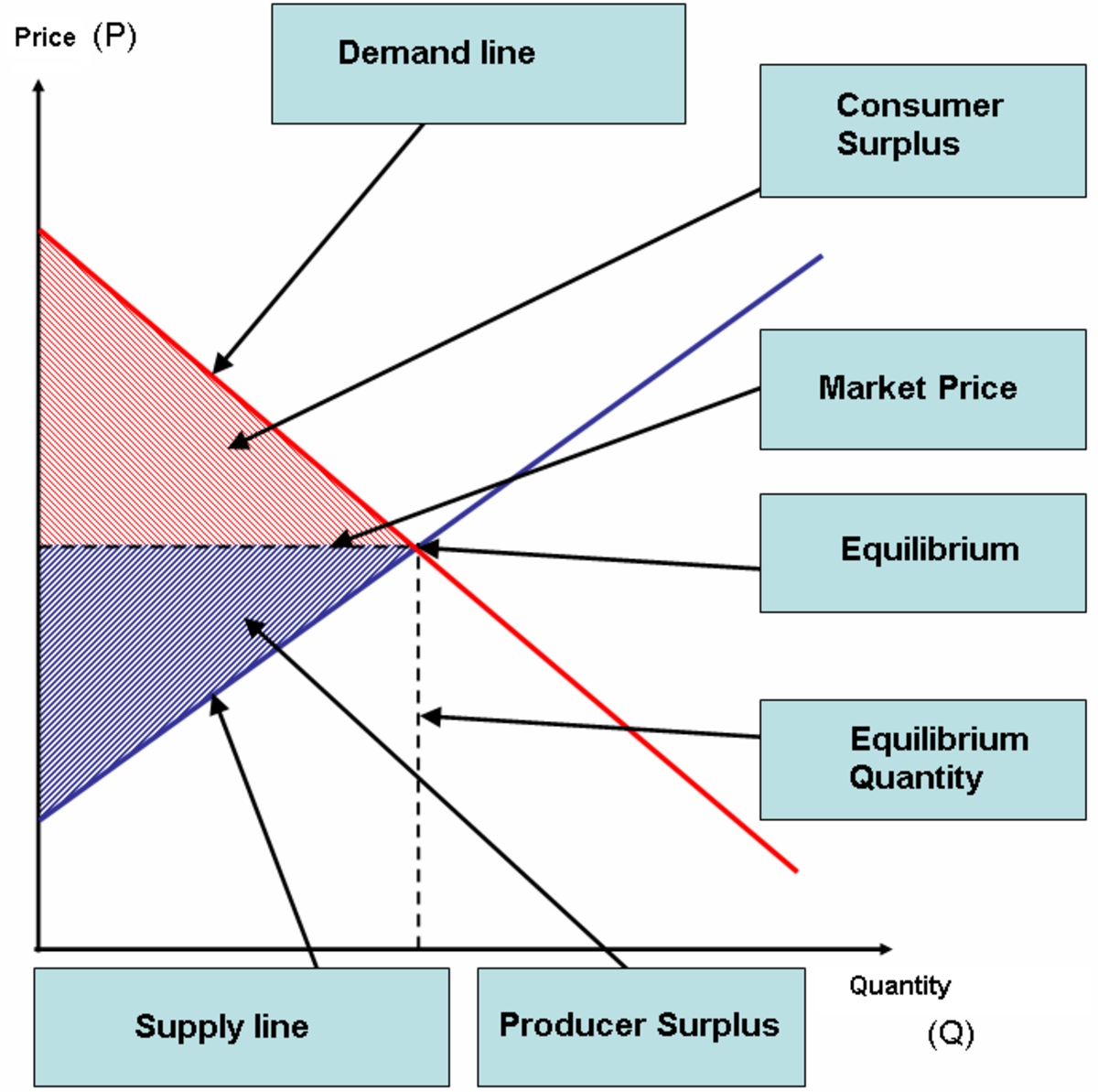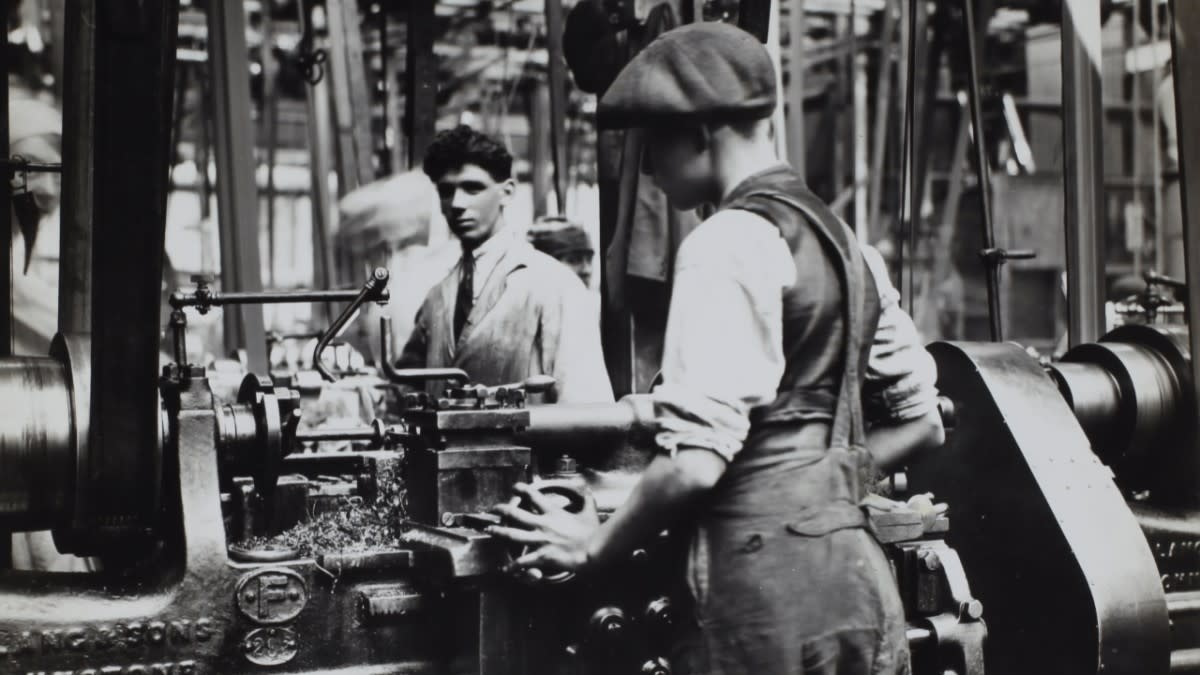The Economic Supply of Medical and Health Care
In economics, the concept of supply reflects the production of goods and services needed in a given market. This is dictated by the increasing human needs and wants in the society. The main player in the study of economic supply is the entrepreneurs; the other terms are businessmen, capitalists, supplier, traders or investors. They are willing to invest certain amount of their wealth to produce goods and services in order to gain “profit” which is their main interest in business.
The economic supply has competitions in the market to get the demand share in order to gain more profits. The common examples in the economic supply which corporations are producing good and services are the health care services and the drug manufacturers or pharmaceutical companies. The hospitals, clinics and medical centers are the examples of health care services that provide the medication and treatment for those who are ill or sick. The drug manufacturers or pharmaceutical companies provide the medicines or drugs which are sold in the drugstores and even in the clinics, hospitals and medical centers.
The term “goods” in health economics are those needed medicine and medical diagnosis of patients. These are pharmaceutical companies, drug stores and medical supplies who are considered as the “producers and suppliers” of medicines, drugs, medical equipment and facilities.While “ services” which still in the category of “supply” is the professional service given by a physician, likewise the consultation fees, medical fees, laboratory fees, and other related hospitalization fees of patients.
The economic translations of drugs are following: (1) the establishment of drug stores to buy the prescribed medicines for the treatment and prevention of diseases; (2) the drug store section of the hospital, clinic and medical centers; (3) the payment of physician fees and issuance of prescribed drugs that is also available in the out-patient clinic; and (4) the manufacturing and production of drugs by the pharmaceutical companies.
These are the needed investment or expenses in the operation of health care services just like a clinic or hospital
1) Hospital/Clinic Building – Private/suite rooms, ward rooms, emergency room, office rooms, out-patient room, administration room , morgue, store room and other room designed for specific use in the hospital
2) Hospital Facilities and Equipment –x-ray radiographic equipment, sterilizing equipment, operating room instrumentation, fetal monitors, infant incubators, ecg instruments, operating table lights, ct scans, other medical instruments, and operating room equipment.
The establishment of hospital depends on how much they expended in their building, facilities and equipment. The modern and complete hospitals have higher cost on the collection of fees such as the use of the room, use of medical equipment, laboratory fees, cost of medicine and physician fees. In government hospital, patients have to pay less because there is budget allocation on its operation.
The stable economic supply can be determined by the increasing number of patients who are willing to pay the user fees for the confinement and treatment in the hospital or medical center. If there is high demand for the quality health care services then there is the possibility for the establishment of the hospital. . The economic variables in the establishment of hospital/clinic are the growing population of the area which increases the number of patients. Although there are other hospitals in the locality, they can still establish medical centers particularly when this is already a highly urbanized center.
The study of health economics explains its connection as to the illness and disease that required intervention by health care professionals. On the other hand, the health care adherence is the extent to which an individual’s behavior (for example, taking medications, following diets, or making lifestyle changes) coincides with medical health advice. While, the medical health care for the intervention of illness and disease acquire by individual requires medical expenses that is the core focus of discussion in health economics. These are the common medical health care expenses needed for the individual (patient) in the treatment of illness and disease. The treatment of the patient may now rely on specific medicine to cure the illness and diseases.
There are two (2) classifications of illness and disease that the health care professionals (such specialized physicians with the assistance of nurses, attendant and other medical personnel) in the clinic or hospital that they must know, these are the acute illness and chronic illness.
The acute illness has physical characteristics of severe symptoms that often appear on short duration of time. It also possibly subsides depending on the degree of physical condition, immunity and biological responses of the patients. The examples of the acute illness are colds, appendicitis, flu, headache and other illnesses that may or may not require prescriptions from the physicians. Most of those who experience this may return to their normal level of wellness once treated by medication and biological response of the body.
The chronic illness has physical characteristics that usually extended for more than 6 months depending on the body maintenance and regulation of the nutrients in take and physical activities. The health symptoms usually reappear once the body could not regulate the healthy balance of the blood flows, muscle tone, and other biological response. The common examples of this kind of illness are diabetes mellitus, arthritis, heart disease and hypertension.
The treatment of communicable and non-communicable diseases may be in form of therapeutic actions of pharmaceutical drugs that may cure the patients once it will intake the prescribed amount and level of medicines by the physicians. In the medication for the treatment of disease, it is usually done by the prescription of the physicians to take certain medicines and drugs. The medication involves the administration of pharmaceutical drugs as form of cure treatment and relief for the prevention of the disease .
The study of health economics for nurses,physicians and other medical allied professions may assist to identify the important concepts of economic supply that entails so much discussions about the economic cost and production of drugs,and health care facilities. The establishment of health institutions may also require them to know th economic supply which is an important component to analyze the economic feasibility of the project.


